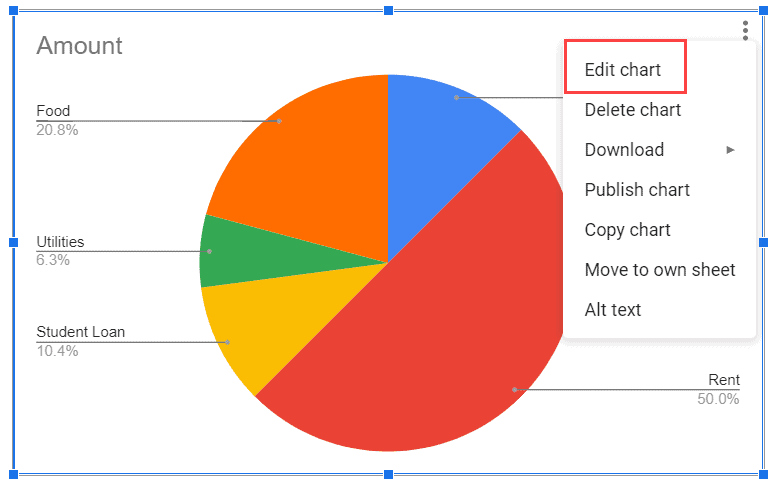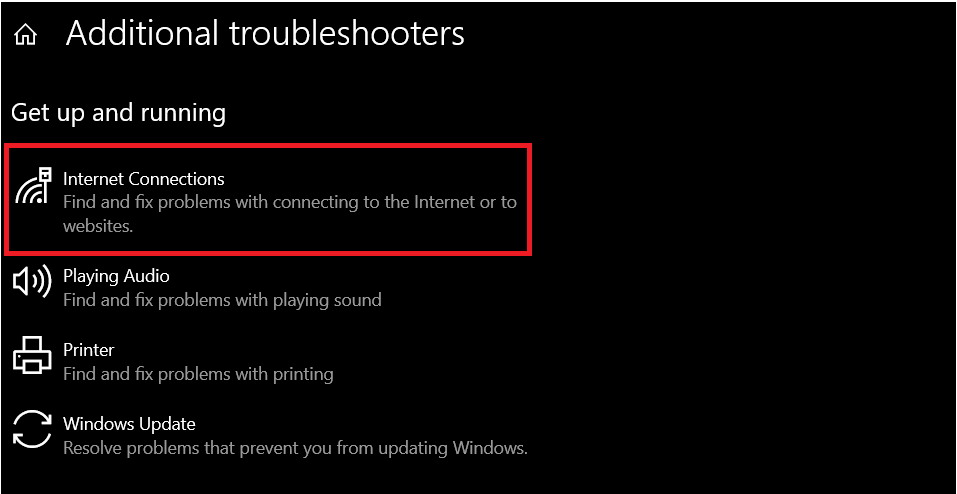Sending out numerous emails can be stressful. While you can automate this process, you want to ensure that each email is personalized for better communication. To achieve this, why not perform a mail merge in Google Sheets?
Follow these simple steps:
- Make a copy of the Google spreadsheet mail merge template below.
- Fill in the appropriate columns with your recipient’s contact information and other details.
- Click “Mail Merge” and proceed as instructed.
While this method works, there are other (easier) ways to do it. Join us as we explore these methods of mail merging methods using Google Sheets in detail in this guide.
This Article Covers:
What Is Mail Merge in Google Sheets?
Mail merge is a personalization tool that allows you to customize emails (primarily) and other documents. You can use it to process and send emails in bulk using a standard email template with placeholders and a source spreadsheet.
This source spreadsheet features columns and rows that hold your recipients’ information, which usually involves their names and email addresses. These details automatically replace the placeholders included in your template.

The process repeats every entry in your spreadsheet — for every recipient in your mailing list. This way, you can personalize numerous emails with just a few clicks. Such convenience works particularly well for email marketing and outreach.
And with a bit more creativity, you can actually use mail merge to write invoices and create mail labels in bulk.
Important note: Google limits the number of emails you can send within a 24-hour rolling period. For free accounts, the limit is usually set at 500. See more about email-sending limits here.
Related: Want to learn more about email marketing? Check out these online masterclasses on how to grow your email list, email strategies, and more!
Method 1: Using Google Apps Script
Despite being one of the most popular tools produced by Google, Sheets currently lacks a built-in mail merge feature. Instead, you can use an “app script,” which consists of code that achieves a similar function to mail merge.
You don’t have to write the app script yourself, though. Google Developer Expert, Martin Hawksey, made it a long time ago. You only need to download our Google Sheets mail merge template below, which features the script.
Setting Up the Mail Merge Google Sheets Template
If you already have a copy of our template, all you need to do is fill out the cells under the provided column headers. Just make sure to keep note of the following:
- Keep your email addresses under the “Recipient” column accurate.
- Leave the “Email Sent” column blank; the script will automatically update it once your emails are successfully sent.
- Do not modify or delete the “Recipient” and “Email Sent” columns.
While you can freely insert or remove columns from the spreadsheet, touching the column headers mentioned above would be troublesome. If you do so, you must also apply the same changes to the app script.
Making Your Email Template
You’re the one who decides the content of your email. But to work with mail merge, you must add placeholders that follow this format: “{{column name}}.” Keep in mind the instructions below to ensure that your mail merge works without bumps:
- These email placeholders are case-sensitive, so make sure that the placeholders and column headers are identical. Tip: Copy and paste the column headers into the email template.
- Format the placeholders in the same style you format every other textual element of your email.
Here’s a sample email template you can refer to:

Doing the Google Sheets Mail Merge
Now that your source spreadsheet and email template are all set, follow the steps below to perform the mail merge:
- Copy the subject line of your email template.

- Go back to your spreadsheet.
- Click the “Mail Merge” tab and select “Send Emails.”

- Google Sheets will ask you to authorize the script. To proceed, click “Continue.”

- Select the Google account you want to use for the script.

- Read the permissions information and click “Allow” to continue.

- Go back to your spreadsheet, then click “Mail Merge” > “Send Emails” again.
- This time, paste the email subject in the provided field.
- Click “Ok” to finish.

To check if your email was successfully sent, go to your source spreadsheet and see the “Email Sent” column. There should be a timestamp indicating that the mail merge was successful.

Method 2: Using a Mail Merge Add-on
If you’re not inclined to use an app script, you can always opt for a mail merge add-on from the Google Workspace Marketplace. Based on our first-hand experience, Yet Another Mail Merge is one of the best add-ons you can install.
This add-on is a favorite among Google users, with the most downloads. Aside from the basic mail merge function, it also allows you to track the status of your emails (whether they have been clicked on or read).
Installing the Add-on
If you want to use the Yet Another add-on for your mail merge, follow the steps outlined below:
- On your Google spreadsheet, choose “Extensions.”
- Click “Add-ons” > “Get add-ons” in the drop-down menu.

- Search for “mail merge” in the Google Workspace Marketplace panel.
- Select “Yet Another Mail Merge: Mail Merge for Gmail” from the search results.

- Click “Install” and provide the permissions requested.

Admittedly, YAMM isn’t the only add-on out there (e.g., Mailmeteor and Dr Merge). If you want to use a different mail merge extension, you can install it using the same steps as above.
Performing the Mail Merge from Google Sheets
You can use the same email template that we demonstrated earlier, as the add-on also follows the syntax “{{column name}}.” Just make sure that the column names and placeholders exactly match. Then, to perform the mail merge:
- Go to your spreadsheet, then click “Extensions.”
- Select “Yet Another Mail Merge: Mail Merge for Gmail” and “Start Mail Merge” from the drop-down menu.

- Fill in the “Sender Name” field with your name.
- Select your email template from the draft selector.
- Click “Send test email.”
- If you successfully receive your email, you can now click “Send <no.> email(s).”

Method 3: Using a Browser Extension
Add-ons are usually limited in terms of features. If you need more advanced capabilities, you can use a browser extension for your mail merge instead. Among the available options out there, we recommend that you use GMass based on our first-hand experience.
GMass is a top-rated browser extension that allows you to do mail merge, track emails, and even verify email addresses before sending. These are similar to the previous methods we’ve discussed, but what makes it different is that you can do the mail merge directly inside Gmail.
Getting the Extension
GMass primarily works on Google Chrome. But if you use a browser compatible with extensions from the Chrome Web Store, such as Microsoft Edge, you can also use this method. Here’s a quick step-by-step guide on how to install it:
- Go to the Chrome Web Store.
- Search for “mail merge” or “GMass.”
- Click the search result for GMass.

- Click “Add to Chrome.”

- Click “Add extension.”

- You will be redirected to Gmail.
- In the box that appears, click “Sign up with Google.”

- Select your account and provide the permissions requested by clicking “Allow.”

Using the Extension
We have already demonstrated a sample spreadsheet above, so we’ll directly discuss how you can compose your email using GMass here. Here’s how to do it:
- Go to Gmail.
- Click the spreadsheet icon at the right of the search bar.

- Click “Sign up with Google” to connect your Sheets account to GMass.

- Provide the requested permissions.
- Click the spreadsheet icon again.
- Select your spreadsheet from the drop-down provided.
- Click “CONNECT TO SPREADSHEET.”

- To insert a placeholder in your email, start typing the curly bracket symbol “{“
- Select the placeholder from the drop-down list displayed.
- Once your email content is all set, click the “GMass” button.

Frequently Asked Questions
What Is the Best Mail Merge Add-on for Google Sheets?
Based on our first-hand experience, Yet Another Mail Merge is the best add-on for Google Sheets. Other options worth trying include Mailmeteor and Dr Merge.
Can You Mail Merge from Multiple Sheets?
No. You can only use one spreadsheet per mail merge campaign at a time. If you want to use different sheets, you can set up separate emails for each source spreadsheet.
How to Do a Mail Merge in Google Sheets for Labels?
You can use the Avery Label Merge add-on. Just install the add-on to Google Docs, connect your source spreadsheet, and proceed with the mail merge.
Final Thoughts
Manually sending emails in bulk can be tiring and inefficient. But why would you do it the hard way when you can do a quick mail merge with Google Sheets? Just follow one of our easy methods above, and you can have your emails sent quickly.
Related:
- How To Sync Outlook Calendar with iPhone [3 Easy Methods]
- How To Automatically Send Emails from Google Sheets (Using Appscript)
- How To Delete All Emails in Gmail: 60-Second Solution
- The Best Google Forms and Sheets Course
- The 12 Best Google Sheets Courses
- Best Reverse Email Lookup Free Gmail Tools and Tricks






